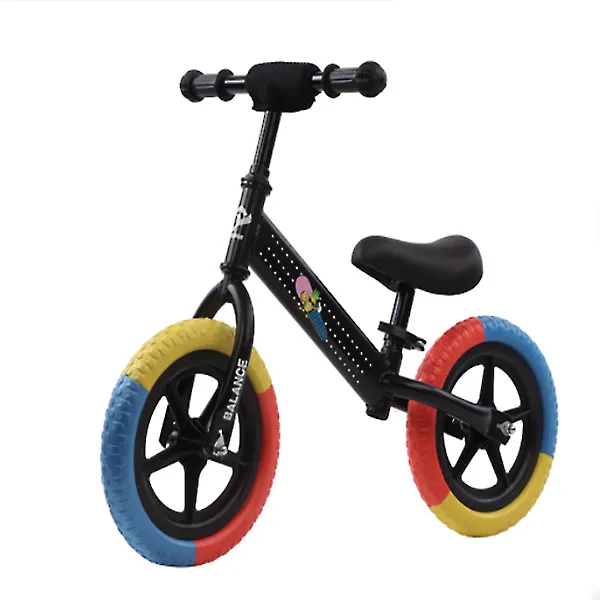
- Afrikaans
- Albanian
- Amharic
- Arabic
- Armenian
- Azerbaijani
- Basque
- Belarusian
- Bengali
- Bosnian
- Bulgarian
- Catalan
- Cebuano
- Corsican
- Croatian
- Czech
- Danish
- Dutch
- English
- Esperanto
- Estonian
- Finnish
- French
- Frisian
- Galician
- Georgian
- German
- Greek
- Gujarati
- Haitian Creole
- hausa
- hawaiian
- Hebrew
- Hindi
- Miao
- Hungarian
- Icelandic
- igbo
- Indonesian
- irish
- Italian
- Japanese
- Javanese
- Kannada
- kazakh
- Khmer
- Rwandese
- Korean
- Kurdish
- Kyrgyz
- Lao
- Latin
- Latvian
- Lithuanian
- Luxembourgish
- Macedonian
- Malgashi
- Malay
- Malayalam
- Maltese
- Maori
- Marathi
- Mongolian
- Myanmar
- Nepali
- Norwegian
- Norwegian
- Occitan
- Pashto
- Persian
- Polish
- Portuguese
- Punjabi
- Romanian
- Russian
- Samoan
- Scottish Gaelic
- Serbian
- Sesotho
- Shona
- Sindhi
- Sinhala
- Slovak
- Slovenian
- Somali
- Spanish
- Sundanese
- Swahili
- Swedish
- Tagalog
- Tajik
- Tamil
- Tatar
- Telugu
- Thai
- Turkish
- Turkmen
- Ukrainian
- Urdu
- Uighur
- Uzbek
- Vietnamese
- Welsh
- Bantu
- Yiddish
- Yoruba
- Zulu
Feb . 19, 2025 04:41 Back to list
derailleur on mountain bike
Adjusting the rear derailleur on your mountain bike can seem intimidating, but with a little know-how and patience, it becomes a straightforward task. A well-tuned derailleur ensures smooth gear shifts and a more enjoyable ride. Let me guide you through the process with expert tips and insights to help you master this essential skill.
Chain tension also plays a pivotal role in derailleur performance. Check the B-tension screw, positioned near the upper pivot of the derailleur. This screw affects the distance between the guide pulley and the gear cassette. Shift into the largest front chainring and smallest rear cog, then adjust the B-tension to ensure there is a 5-6 millimeter gap between the guide pulley and the largest cog. This spacing aids smoother shifting across disparate gear ranges. Regular maintenance of the derailleur ensures longevity and reliability. Clean the derailleur, remove grime and apply a suitable lubricant to the jockey wheels and pivots. Avoid excessive lubrication, as this can attract more dirt. Inspect the derailleur cable for fraying or damage and replace if necessary. A frayed cable can compromise gear shifts and eventually lead to failure. For those seeking to elevate their understanding, learning about rear derailleur theory can be beneficial. Understanding the intricacies of how cable tension interacts with derailleur alignment can provide deeper insights into on-the-fly adjustments during rides, especially on technically demanding trails where precision-shifting is essential. Investing time in mastering these adjustments contributes to a more personalized riding experience. A derailleur dialed to your specific riding style and trail conditions enhances efficiency and enjoyment. Remember, practice imparts expertise. With each adjustment, confidence grows, transforming this mechanical task into a seamless part of your mountain biking routine. Having precise and smooth gear shifts provides not only a safety advantage but also enhances overall biking performance. A properly adjusted rear derailleur minimizes mechanical failures and maximizes the pleasure derived from every ride. As you gain expertise, share your knowledge, fostering a community where expertise in bike maintenance translates into shared adventures on trails around the globe.


Chain tension also plays a pivotal role in derailleur performance. Check the B-tension screw, positioned near the upper pivot of the derailleur. This screw affects the distance between the guide pulley and the gear cassette. Shift into the largest front chainring and smallest rear cog, then adjust the B-tension to ensure there is a 5-6 millimeter gap between the guide pulley and the largest cog. This spacing aids smoother shifting across disparate gear ranges. Regular maintenance of the derailleur ensures longevity and reliability. Clean the derailleur, remove grime and apply a suitable lubricant to the jockey wheels and pivots. Avoid excessive lubrication, as this can attract more dirt. Inspect the derailleur cable for fraying or damage and replace if necessary. A frayed cable can compromise gear shifts and eventually lead to failure. For those seeking to elevate their understanding, learning about rear derailleur theory can be beneficial. Understanding the intricacies of how cable tension interacts with derailleur alignment can provide deeper insights into on-the-fly adjustments during rides, especially on technically demanding trails where precision-shifting is essential. Investing time in mastering these adjustments contributes to a more personalized riding experience. A derailleur dialed to your specific riding style and trail conditions enhances efficiency and enjoyment. Remember, practice imparts expertise. With each adjustment, confidence grows, transforming this mechanical task into a seamless part of your mountain biking routine. Having precise and smooth gear shifts provides not only a safety advantage but also enhances overall biking performance. A properly adjusted rear derailleur minimizes mechanical failures and maximizes the pleasure derived from every ride. As you gain expertise, share your knowledge, fostering a community where expertise in bike maintenance translates into shared adventures on trails around the globe.
Latest news
-
The Ultimate Kids' Four-Wheeler Experience
NewsJul.09,2025
-
The Ultimate Guide to Mountain Bikes: Gear Up for Your Ride
NewsJul.09,2025
-
The New Age of Cycling: Electric Bikes for Every Rider
NewsJul.09,2025
-
The Best Kids Bicycles: Ride in Style and Safety
NewsJul.09,2025
-
The Best 3-Wheel Scooters for Kids: Fun, Safety, and Adventure
NewsJul.09,2025
-
Revolutionize Your Ride: Affordable Electric Bikes
NewsJul.09,2025
-
Finding the Perfect Mountain Bike for Every Rider
NewsJul.09,2025



